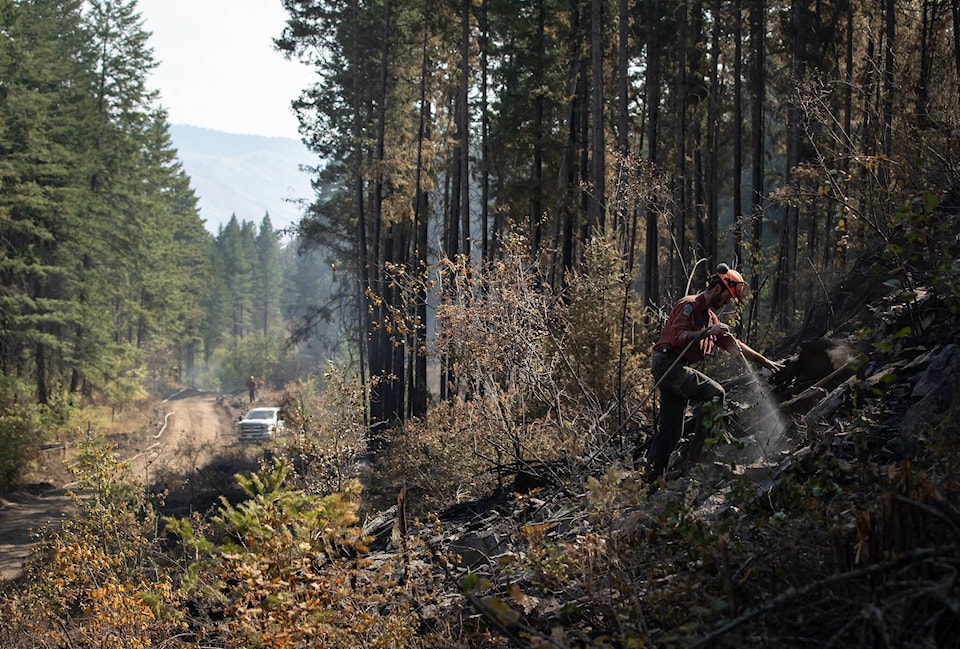There have been 91 wildfires and spot fires since April 1 – and ahead of the pending summer heat, the B.C. Wildfire Service says that its keeping a close eye on parts of the Interior that have received little rain this spring.
Temperatures in April were below normal with northern regions receiving above-normal precipitation, the fire service said in its latest seasonal outlook.
While the number of new fires last month matched historical averages, total area burned was only 35 per cent of the 25-year average – expected when conditions remain cool and wet.
The cool temperatures mean increased snowpacks and delayed melts, which mean less likeliness of lightning sparking ignitions in mid and upper elevations. The wet weather has also delayed fuels in the soil beginning to dry as the snow melts, further decreasing fire start risks.
With cooler temperatures and more rain forecast to continue through May in western and coastal parts of the province, fire officials are monitoring closely regions that haven‚Äôt seen much rain ‚Äì such as Kamloops, ¡¡ß…Ò…Á and Cranbrook. As of May 4, the Kamloops fire centre has seen a lion‚Äôs share of this year‚Äôs blazes, at 36, followed by 32 in the Cariboo and 10 in the Southeast regions.
“Spring fire hazard will decrease over the coming weeks as grass becomes greener and deciduous trees and shrubs leaf out, the outlook reads. “While the provincial outlook is favorable for May, wildfire activity could increase in locations that continue to receive below normal precipitation and at mid elevations as snow melts.”
ALSO READ:
This week, the province announced updates to how residents will be notified thought the alert-ready system on phones and televisions about high-risk fires and potential evacuations. The changes come following several heat domes last summer, which sparked a number of interface and high-risk fires, including the fatal fire that tore through the town of Lytton.
READ MORE:
According to provincial wildfire stats, an average of 1,352 fires spark during a typical season, which runs from April 1 to March 31 the following year. On average, 42 per cent of these are human-caused and 58 per cent are lightning-caused.
ashley.wadhwani@bpdigital.ca
Like us on and follow us on .



